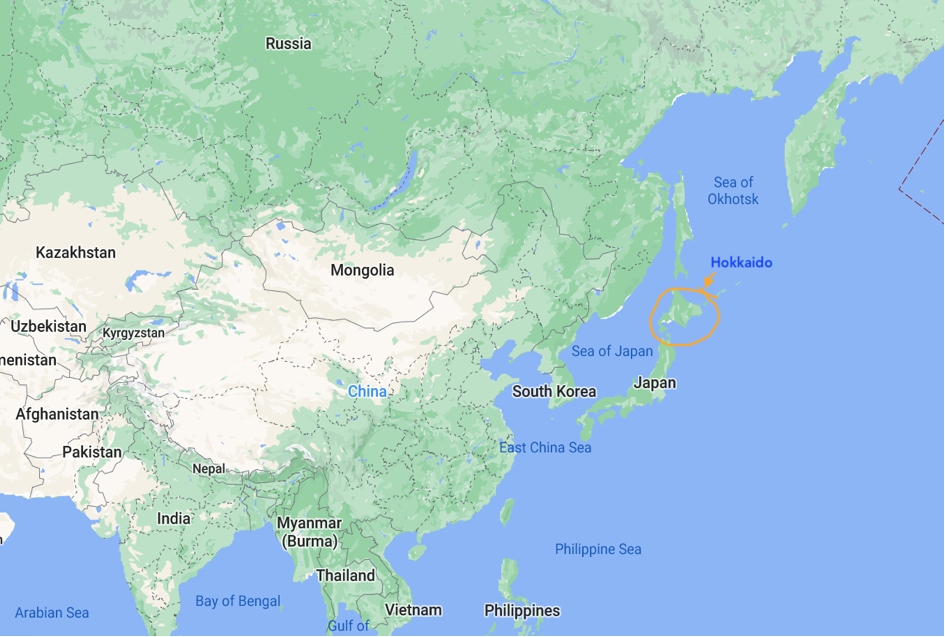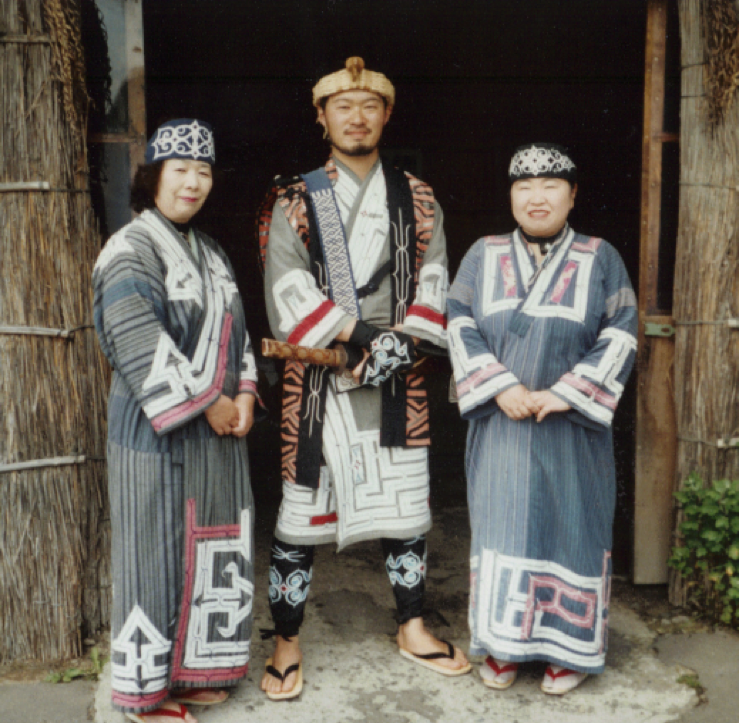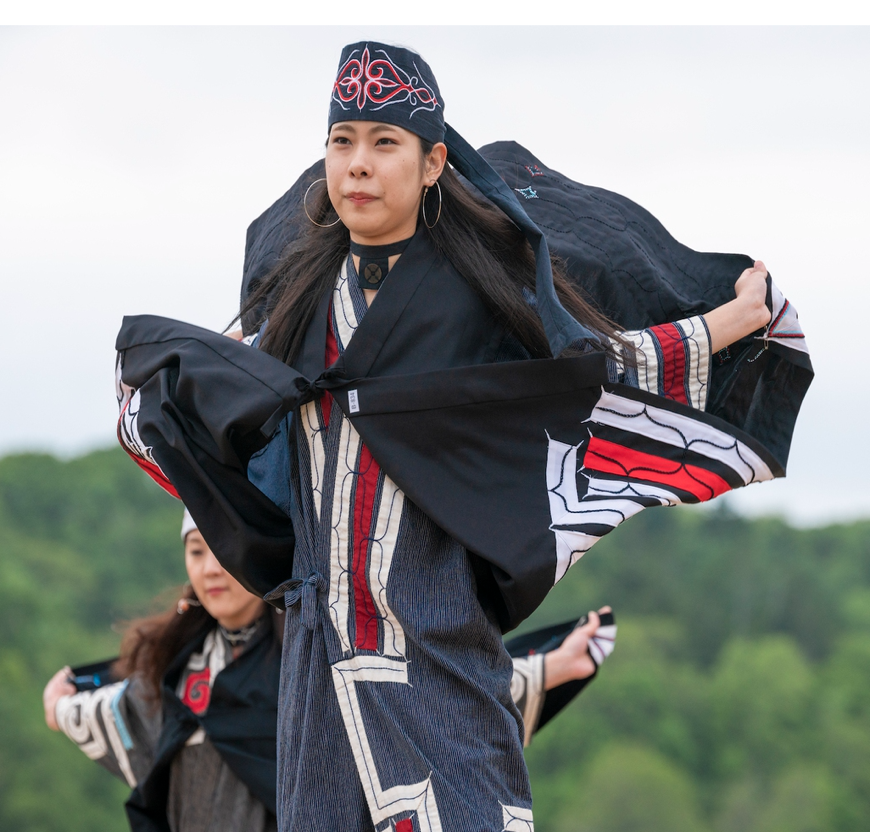Tribal Tourism Japan:
Indigenous communities of Japan – The Ainu

By Nicoleta Baeva
Tribal Tourism Japan:
The Ainu are an East Asian ethnic group indigenous to the Northern region of Japan, particularly the island of Hokkaido. It is estimated that more than 24,000 Ainu people nowadays live in Japan. They have long lived close to nature, relying their livelihood on fishing, hunting and gathering. Seasonal plants, game such as deer and seal, and seafood such as salmon, mainly appear in their traditional cuisine. They have also developed a distinctive culture utilizing natural resources, such as wood carving and embroidery with unique patterns. The Ainu people believe that a spirit, kamuy, is everywhere in the natural world including flora, fauna, fire, water, wind, mountains, and rivers, and brings various gifts to humans. The ceremonies to pray to Kamuy are therefore important in the Ainu culture, which are often celebrated with traditional dances and special dishes. The Ainu people have their own language, originally a purely verbal language that doesn’t have letters.
Due to the modernization of Japan since the 19th century and the assimilation policies toward Ainu people, their access to natural resources and freedom to maintain their own language and traditional customs became largely restricted. The number of Ainu speakers declined rapidly, and the Ainu language is now recognized by UNESCO as ‘critically endangered’.


In recent years, the government has attempted to conserve and promote the cultural heritage of the Ainu people based on the revised policy. However, the challenges of Ainu people still remain in the present society. For example, their freedom to fish salmon, which is traditionally an important food, is largely limited due to various authorization requirements. As such marginalization of Ainu people is not yet sufficiently tackled, the construction of a new Ainu National Museum called Upopoy, that was opened in 2020, provoked various opinions about showcasing the indigenous culture and emphasizing ‘ethnic harmony’ with mainstream society.

Despite the challenges Ainu people face, there are also positive endeavours of local people and artists to revive Ainu languages and the traditional handicrafts. The value of Ainu culture is nowadays also rediscovered by the non-Ainu artists from different regions, and they create various works inspired by Ainu traditions. Such movements are contributing to the new development of Ainu culture in the contemporary world, while preserving the traditional spirits of Ainu people.
______________________________
Sources:
- Cobb, Ellie. “Japan’s unknown indigenous cuisine”. www.bbc.com. Retrieved August 16, 2020.
- Ainu. (2018). Retrieved from https://minorityrights.org/minorities/ainu/
- Muaddi, Q., Grau, C., Fajardo, J., Ismetova, D., Pisker, L., & Moreno, C. (2020, December 10). Japan’s Indigenous Ainu community don’t want a theme park – they want their rights. Retrieved from https://www.equaltimes.org/japan-s-indigenous-ainu-community?fbclid=IwAR0pmPCL7fCxceABX_4McqcWgV5uVqPhuCixZFCslZ-PWAiJIutjR8aUGKw&lang=en#.X9zmfelKjwe
- Upopoy National Ainu Museum and Park: https://ainu-upopoy.jp/en/ainu-culture/
- The Foundation for Ainu Culture: https://www.ff-ainu.or.jp/web/english/together.html
- Odawara, N. (2020). https://bijutsutecho.com/magazine/insight/22558


Dit bericht heeft 0 reacties